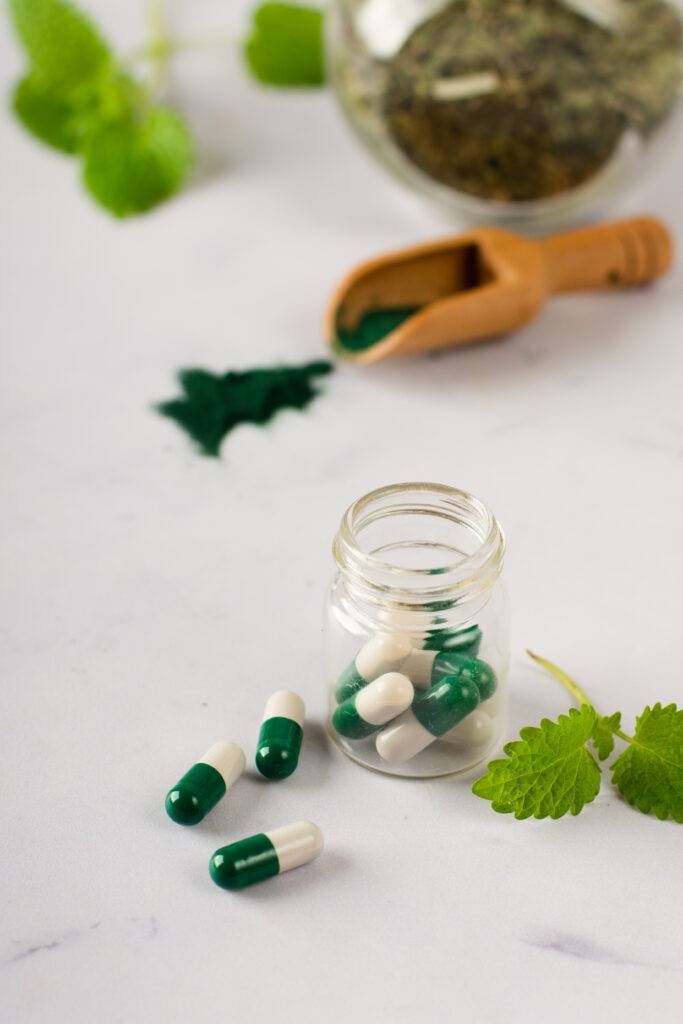Selenium for hair growth is making waves in the wellness world, not just for its antioxidant properties but also for its link to healthy follicles and hormonal balance. But is it really a miracle mineral?Hair care is no longer just about the latest trendy serum or overnight oiling trick. Today, more people are tuning into the science behind what fuels hair growth—and one name that keeps popping up is selenium. If you’ve never paid attention to this trace mineral before, it’s time you did. Let’s break it down.

What Is Selenium and Why Does Your Body Need It?
It may be needed in small amounts, but its functions are huge. From DNA synthesis to fighting oxidative stress, this mineral is crucial to overall health.
Role in the Human Body
It supports immune function, helps regulate metabolism, and plays a vital role in thyroid health—all of which impact your hair directly or indirectly.
How Selenium Supports Hair Growth
As an Antioxidant
It protects the body from oxidative stress, which can age your cells and hair follicles prematurely. Antioxidants neutralize free radicals that cause damage—helping keep your scalp and strands youthful.
Detoxifying Your Scalp
Your scalp faces pollution, chemical buildup, and microbial growth. It assists in detoxifying these threats, especially when used topically in the form of its sulfide.
Boosting Follicle Regeneration
By supporting enzyme activity and protein synthesis, it helps in regenerating hair follicles and promoting healthy cycles of growth and rest.
Signs of Deficiency and Its Impact on Hair
Hair Shedding and Thinning
Low levels of this can cause telogen effluvium, where hair falls out more rapidly than it grows.
Brittle Hair and Dry Scalp
Lack of it affects scalp hydration and hair shaft strength—leading to breakage and rough texture.
Fatigue and Hormonal Imbalance
It’s deficiency often goes hand-in-hand with thyroid issues, which are major contributors to hair thinning and fatigue.
Natural Sources of Selenium for Hair Growth
Selenium-Rich Foods
- Brazil nuts (1 nut can meet your daily needs!)
- Tuna, sardines, and salmon
- Eggs and dairy
- Sunflower seeds and mushrooms
- Brown rice and spinach
Daily Recommended Intake
- Adults: 55 mcg/day
- Pregnant women: 60 mcg/day
- Safe upper limit: 400 mcg/day
Cooking Tips to Retain Selenium Content
Avoid overcooking. Light steaming or baking preserves it better than boiling or frying.
Selenium Supplements: Should You Consider Them?
When Food Isn’t Enough
If you have digestive issues, a restricted diet, or thyroid conditions, supplements might be necessary.
Popular Forms of Selenium in Supplements
- Selenium yeast: Natural and bioavailable
- Selenomethionine: Easily absorbed
- Sodium selenite: Common but less potent
Best Practices for Dosage
Stick to 55–200 mcg/day unless prescribed. Over-supplementation can be harmful.
Selenium and Thyroid Health: The Hair Connection
Thyroid Function and Hair Growth
The thyroid gland regulates metabolism and hair growth cycles. A sluggish thyroid leads to hair shedding.
Role in Balancing Hormones
It aids in converting thyroid hormone T4 to its active form, T3. This helps regulate hair follicle function and prevents hair loss due to hormonal imbalances.
Myths and Misconceptions About Selenium for Hair Growth
“Mega-Dosing Speeds Up Growth”
False. Taking more than the recommended dose can lead to toxicity, which causes hair loss—not growth.
“Only Selenium Matters for Hair”
It is just one part of the puzzle. Biotin, zinc, iron, and vitamins A and D are equally important.
“Selenium Cures Baldness”
No mineral can “cure” baldness. It supports growth, but it’s not a miracle fix for male or female pattern hair loss.
Selenium and Scalp Conditions
Selenium Sulfide for Dandruff
Shampoos with its sulfide reduce dandruff by fighting Malassezia fungus, which contributes to flaky scalps.
Managing Fungal Infections and Seborrheic Dermatitis
It helps reduce inflammation and fungal buildup, making it effective against seborrheic dermatitis and related scalp conditions.
Can it Prevent Hair Loss?
Antioxidant Properties
Its ability to reduce oxidative stress supports hair follicle health, protecting against premature aging and fallout.
Reducing Inflammation Around Follicles
Chronic inflammation restricts blood flow to hair follicles. It calms the scalp, allowing for a healthier environment.
How to Include It in Your Hair Care Routine
Balanced Nutrition
Eat selenium-rich foods at least 3–4 times a week for consistent intake.
Shampoo and Topical Treatments
Use selenium sulfide shampoos 1–2x/week if you struggle with dandruff or flaky scalp.
Weekly Routine for Optimal Results
- Eat selenium-rich foods
- Monitor hair fall and scalp health
- Use selenium-based shampoo
- Hydrate and nourish your hair with masks
Risks of Too Much Selenium
Toxicity Symptoms
Nausea, metallic taste, fatigue, and—you guessed it—hair loss.
Long-Term Health Implications
Over time, too much of this can cause nerve damage, digestive problems, and skin issues.
Conclusion
It is a game-changer for hair growth—but only when used correctly. It’s not a miracle cure, but it’s an essential component for achieving healthy, luscious hair. From supporting your thyroid to protecting your follicles from stress and inflammation, selenium plays a low-key but powerful role.
Start by optimizing your diet, check your levels, and if needed, go for a high-quality supplement. Your hair will thank you!
FAQs
A: Typically, visible results can be seen within 8–12 weeks with consistent use.
A: Yes, if taken in excess. Always stick to the recommended dose.
A: Absolutely! Selenium sulfide is a common ingredient in anti-dandruff shampoos.
A: Yes, but do not exceed 200 mcg/day unless prescribed by a doctor.
A: Brazil nuts, seafood, eggs, and sunflower seeds are great options.